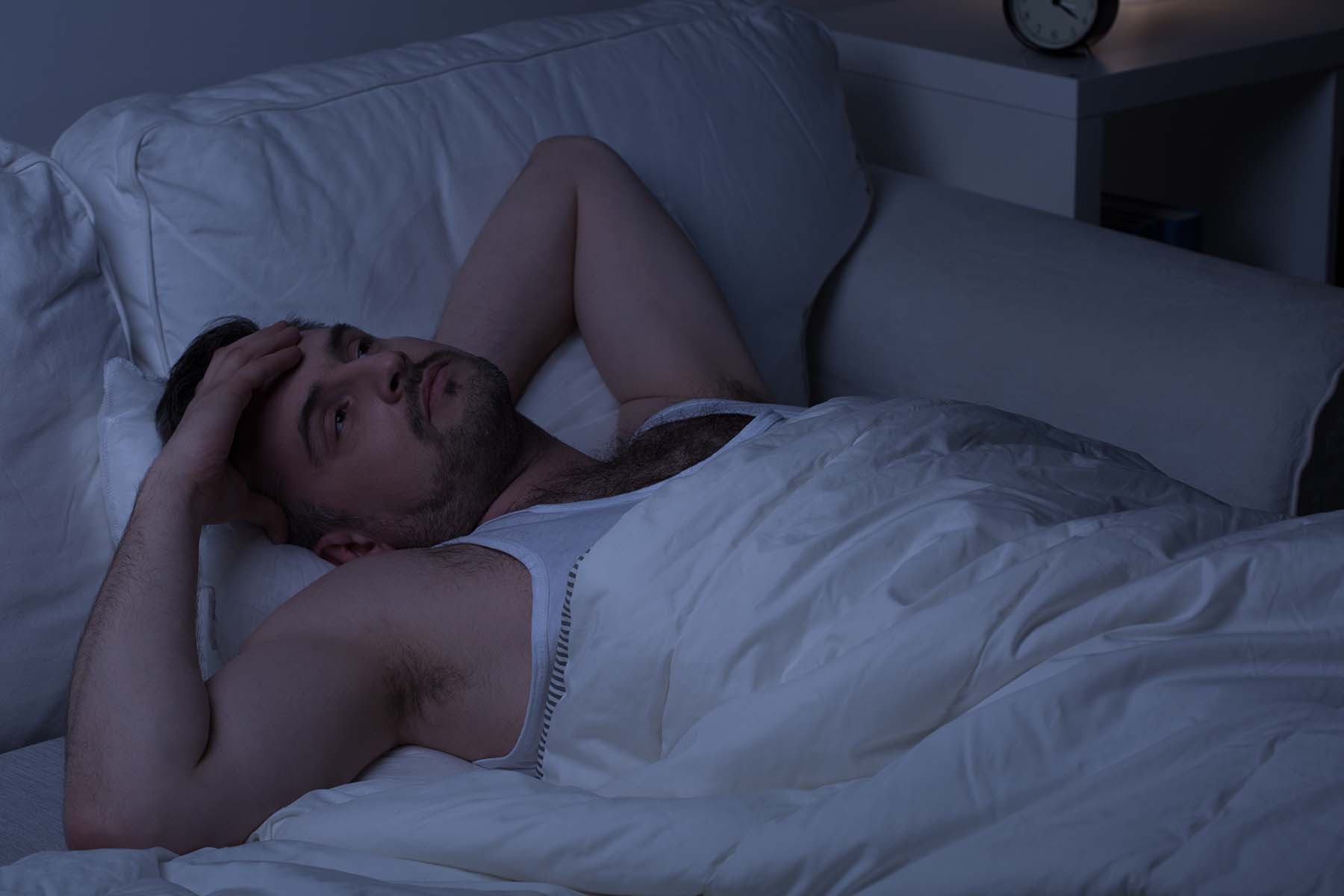
Insomnia is a problem for many Australians. As a result, “how to fall asleep?” becomes a major question. And once you are asleep, how do you stay asleep?
What is insomnia?
Insomnia is defined as sleep of unsatisfactory quality which impinges on daytime functioning. It causes fatigue, malaise, diminished concentration and memory function, and irritability. Some people with insomnia fail to easily fall asleep at the beginning of the night; some wake frequently or remain wakeful throughout the night, while others wake too early in the morning.
Scientific research suggests that poor quality of sleep is a result of failure to achieve delta (stage four) sleep – this is the most restorative, deepest stage of sleep.
Statistically:
- There are more than 70 defined sleep disorders. (These include insomnia, narcolepsy, sleep apnoea, snoring, and restless leg syndrome).
- Almost 90% of Australians experience a sleep disorder at some time
- 30% of Australians suffer a severe sleep disorder
- 5% of Australians suffer chronic insomnia
- Women experience insomnia more than men
- Elderly people experience more sleep issues
- Causes may be physical, psychological, hormonal, substance-related, lifestyle or sleep-disorder related
Why Do We Have so Much Trouble Sleeping?
In the absence of certain medical conditions or medications that impinge upon sleep, there are numerous reasons why we have difficulty falling asleep. Some of these are directly related to lifestyle and sleep environment, and include:
- Eating too much close to bedtime
- Alcohol consumption
- Lack of exercise
- A snoring or restless partner
- Stress
- Poor sleep routine (sleeping during the day, falling asleep on the couch earlier in the evening)
- Too much light in the bedroom
- TV in the bedroom
- Screen use before bed
How to Fall Asleep?
There are a number of ways to help yourself fall asleep. These include:
- Create a sleep environment conducive to sleep: Maintain a dark room without digital devices. Keep it cool and make your bed a comfortable place with a pillow that you love. If necessary, hide your bedside clock so you can’t “clock-watch” throughout the night. Darkness and a cool (but not cold) body temperature is the physiological key to sleep.
- Take a warm bath or shower before bed, and use lavender oil either in the bath or to scent your room.
- Address your lifestyle: Stop smoking. Moderate alcohol consumption. Don’t eat a large evening meal within a few hours of bedtime. Avoid caffeine after 4 pm. Maintain a routine and try to get regular exercise. Avoid sedative medications. If you must use a digital device at night, use a blue light filter.
- Avoid daytime sleeping: If night-time sleep is an issue for you, avoid that daytime nap – no matter how sleepy you are during the day. At night, only go to bed when you actually feel sleepy.
- If you or your partner suffer from sleep apnoea, seek medical advice.
- If you or your partner snore, consider the SnoreMD mandibular adjustment device to help alleviate the issue for a better night’s sleep.
- Don’t stress! Worrying about anything will make falling asleep near impossible – including worrying about falling asleep! If you can’t sleep, get up and do something else for a short while. Try reading a book, having a warm (non-caffeinated) drink (chamomile tea is effective), but avoid TV and digital screens as these suppress melatonin and will only make the problem worse.
Techniques to Fall Asleep
- 4-7-8-Method: This is a meditative breathing method for falling asleep.
- Put the tip of your tongue on the roof of your mouth against your top front teeth.
- Part your lips and exhale strongly through your mouth
- Close your lips; inhale through the nose to a silent count of four
- Hold your breath for seven seconds
- Exhale strongly for a silent count of eight seconds
- Complete at least four full cycles; in time you should be able to do it “mindlessly”.
- Military Method: Focus on relaxing your muscles – begin with your face, including the muscles in your mouth. Then drop your shoulders and arms and release tension here. Exhale to relax your chest, followed by your thighs, calves, and feet. Then clear your mind and imagine your “happy place” – but make it a very relaxing scene. You should fall asleep very quickly.
- Belly Breathing: Deep, controlled, mindful breathing directs your mind away from racing thoughts and helps you relax – this is an effective way to go to sleep quickly.
- Progressive Muscle Relaxation: Gently tense and then relax your muscles to release tension. Find a comfortable position to do so.
Explore the SnoreMD Website
For more information on snoring solutions and our revolutionary device to help you stop snoring. You’ll find a wealth of information relating to achieving a better night’s sleep and knowing how to fall asleep faster on our sleep help resources pages.
Contact us to learn more.


